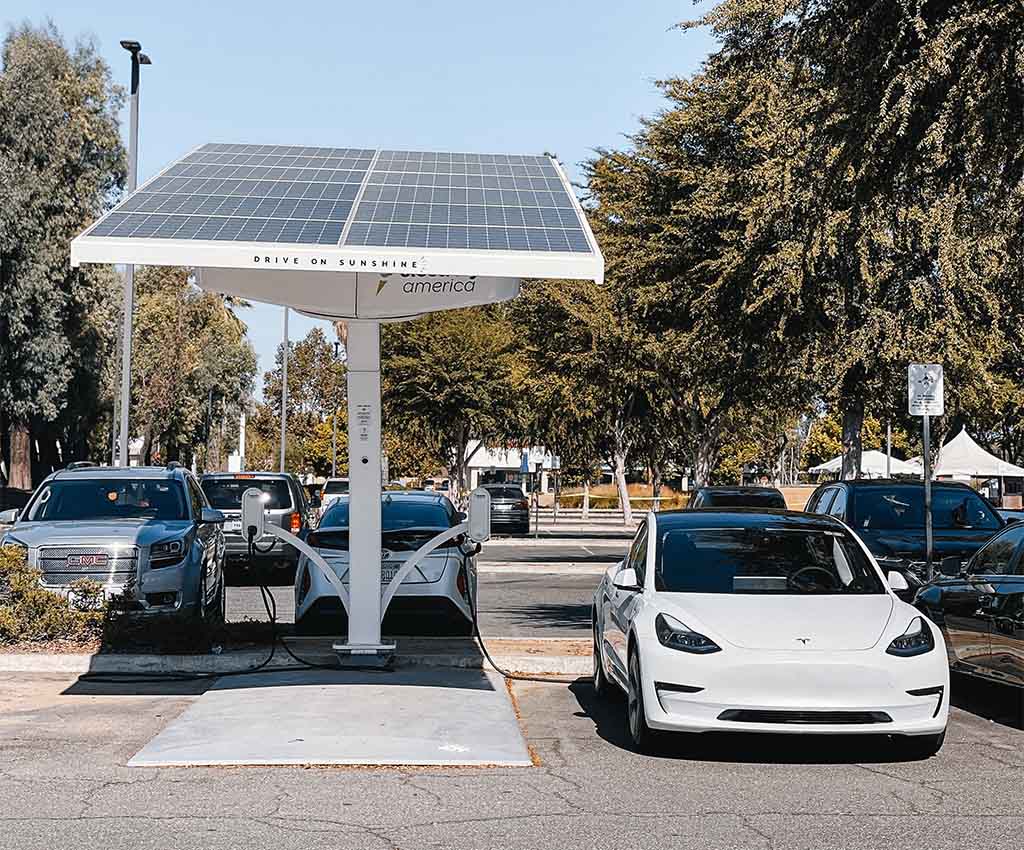As we move steadily toward a future shaped by climate consciousness, digital transformation, and global collaboration, one powerful force stands at the center of this revolution: solar energy. By 2050, the vision of a solar-powered economy is no longer a dream—it's becoming a reality.
As we move steadily toward a future shaped by climate consciousness, digital transformation, and global collaboration, one powerful force stands at the center of this revolution: solar energy. By 2050, the vision of a solar-powered economy is no longer a dream—it's becoming a reality.


The world is facing an urgent need to reduce carbon emissions, combat global warming, and transition away from fossil fuels. Governments, corporations, and communities are increasingly investing in renewable energy sources, with solar energy leading the charge. According to the International Energy Agency (IEA), solar power is already the cheapest source of electricity in many parts of the world. By 2050, it is expected to account for over 30% of global energy production, powering everything from homes and industries to transport and agriculture.
Rooftops, roads, windows, vehicles, and even clothing will be embedded with solar panels or solar-harvesting materials. Cities will function like giant solar farms, capturing sunlight at every possible angle.
Factories and production units will run entirely on solar and other clean energy sources. Automation and AI will ensure efficient energy use, while solar batteries and grid systems will store surplus energy for continuous use.
From electric vehicles (EVs) powered by solar-charged batteries to solar-powered public transport, mobility will be carbon-neutral. Highways may include embedded solar panels to power road lighting and EV charging stations.
Cities and rural areas will operate on microgrids, making them resilient to blackouts and less dependent on central power stations. Each home will generate, store, and even sell solar electricity back to the grid.
The solar sector will create millions of new jobs, from installation and engineering to AI and energy storage. Emerging markets will especially benefit, lifting communities out of poverty through energy access.
As solar technology becomes more efficient and affordable, energy bills will decrease drastically, freeing up household income and reducing business operating costs.
Solar power offers a chance to bridge the energy access gap. Off-grid villages in Africa, Asia, and Latin America will be able to power homes, schools, and hospitals—bringing economic empowerment.
Technological advancements in the coming decades will accelerate this transition: